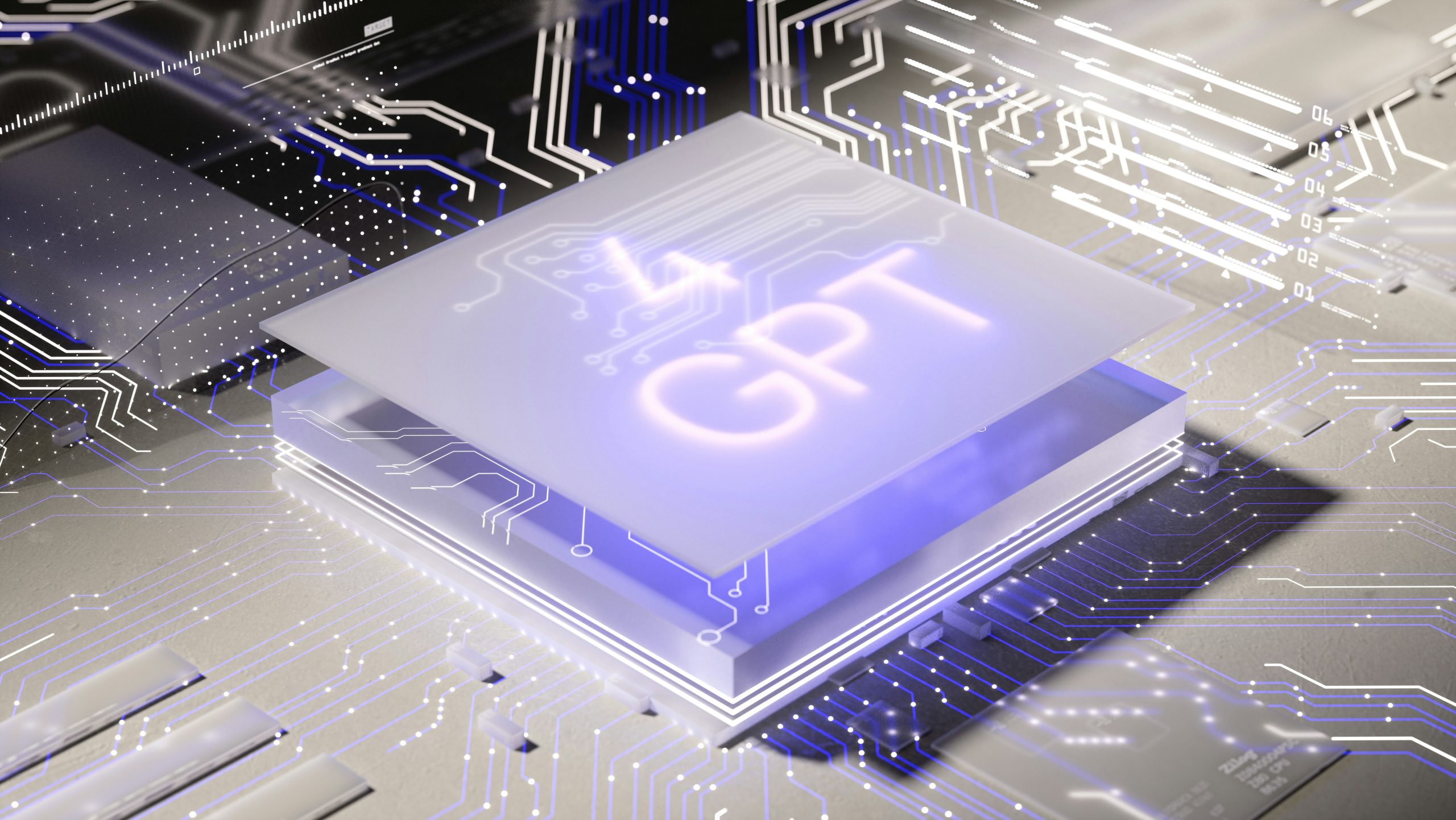The development of ChatGPT is a journey of innovation that has continuously raised the bar for natural language processing. Initially based on the GPT-3 model, ChatGPT has evolved significantly, with the release of GPT-4 marking a major milestone in its capabilities. This article explores the progression of ChatGPT’s features and its growing potential.
In its early stages, ChatGPT, powered by GPT-3, introduced groundbreaking capabilities in generating coherent and contextually appropriate text. GPT-3 was capable of answering a wide range of queries, writing essays, and even mimicking writing styles with impressive fluency. However, it had its limitations, such as struggling with ambiguity and lacking deeper understanding in more complex conversations.
With the release of GPT-4, OpenAI significantly improved ChatGPT’s performance. GPT-4 is not only better at processing complex prompts but can now manage tasks involving multiple steps of reasoning and demonstrate a higher degree of comprehension. The ability to engage in more natural, sophisticated dialogues is now a defining feature of ChatGPT, making it more effective in professional settings like healthcare, law, and research.
The improvements in GPT-4 also extend to its ability to handle images and text. This expanded functionality means that ChatGPT can now process visual inputs alongside written ones, providing a more integrated and versatile AI system. As AI continues to evolve, the capabilities of ChatGPT are expected to expand even further, enabling more dynamic, context-aware interactions.
CHAT GPT LOGO: Photo-by-D-koi-on-Unsplash-scaled.



